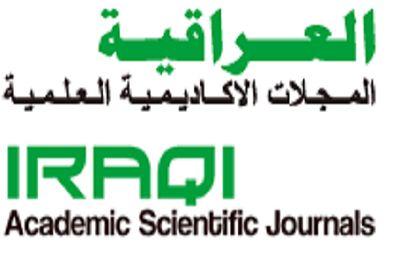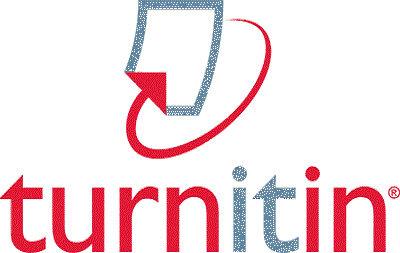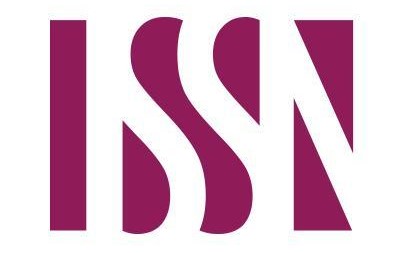The effect of HIIT training on developing the speed-specific strength of the arms of handball players
Main Article Content
Abstract
The research aimed to investigate the effect of HIIT training on developing speed-specific strength in the arms, which constitutes a key aspect of the specialized strength of handball players, a significant component in their physical preparation stages. The researcher used the experimental method to suit the research problem. The research sample consisted of young players of the Diyala Sports Club for handball for the year 2024. The researcher used the most appropriate statistical methods for the research that achieved the research objectives and hypotheses, by using the statistical package (SPSS). The researcher concluded that the training method using the HIIT method had a positive effect on developing speed-specific strength in the arms and resulted in a greater development rate in favor of the experimental group compared to the control group. Accordingly, it was recommended that HIIT training should be used within the components of the training curricula for national handball products
Article Details

This work is licensed under a Creative Commons Attribution-NonCommercial 4.0 International License.
References
Abdul Karim, S. (1986). The extent of the influence of the strength distinguished by speed on the level of achievement in the triple jump [Master’s thesis]. University of Baghdad.
Abdulrazzaq, N. K., Moseekh, L. Z., Ali, S., & Danhash, H. A. S. (2024). The effect of a proposed educational program using specific exercises to develop motor response, motor satisfaction, and short-term defensive movement skills in handball. A Peer Reviewed, Open Access, International Journal, 33, 59–69.
Ali, S. J. A.-H. (2004). Tests, measurement and statistics in the sports field (p. 101). Al-Qadisiyah University.
Bastawisi, A. (1999). Foundations and theories of sports training (p. 30). Dar Al-Fikr Al-Arabi.
Driver, J. (2012). High Intensity Interval Training Explained (p. 15).
Farhan, W. A. R., & Moseekh, L. Z. (2018). The effect of a proposed training curriculum to develop physical fitness and improve sensorimotor perception among students of the College of Physical Education and Sports Sciences, University of Anbar. University of Anbar Sport and Physical Education Science Journal, 4(17).
Hussein, Q. H. (1980). Sports Training Science for Fourth Grades (p. 44). Mosul University Press.
Mahjoub, W. (1988). Scientific Research Methods and Approaches (p. 237). Dar Al-Kutub for Printing and Publishing.
Moseekh, L. Z. (2006). The effect of a proposed curriculum for developing the basic skills of volleyball players. Journal of University of Anbar for Humanities, 2.
Moseekh, L. Z. (2022). The effect of complex anaerobic exercises in developing speed and performance of some technical skills in volleyball. Sciences Journal Of Physical Education, 15(Conference 8-1).
Qasim, H. H. (1998). Foundations of Sports Training (1st ed, p. 145). Dar Al Fikr for Printing, Publishing and Distribution.
Qasim, H. H., & Bastawisi, A. (1979). Isometric Muscle Training (1st ed, p. 44). Al-Watan Al-Arabi Press.
Salama, B. E.-D. I. (1992). Biology of Sports and Motor Performance (1st ed, p. 24). Dar Al-Fikr Al-Arabi.
Shabib, S. S., Abdullah, S. J., & Makki, J. O. (2017). Designing an auxiliary device to measure the level of performance of some offensive skills for young fencing players in the southern region. Journal of Studies and Researches of Sport Education, /(53), 359–373. https://www.iasj.net/iasj/article/147727
Sharaf, A. H. (2000). Educational Technology in Physical Education (1st ed). Book Center for Publishing.
Wajih Mahjoub. (1993). Scientific research methods and approaches. Dar Al-Kutub Directorate for Printing and Publishing.





 IASJ
IASJ CC-BY-4.0
CC-BY-4.0 turnitin
turnitin ISSN
ISSN DOAJ
DOAJ Crossref
Crossref GoogleScholar
GoogleScholar Orcid
Orcid